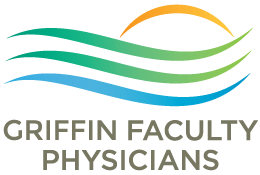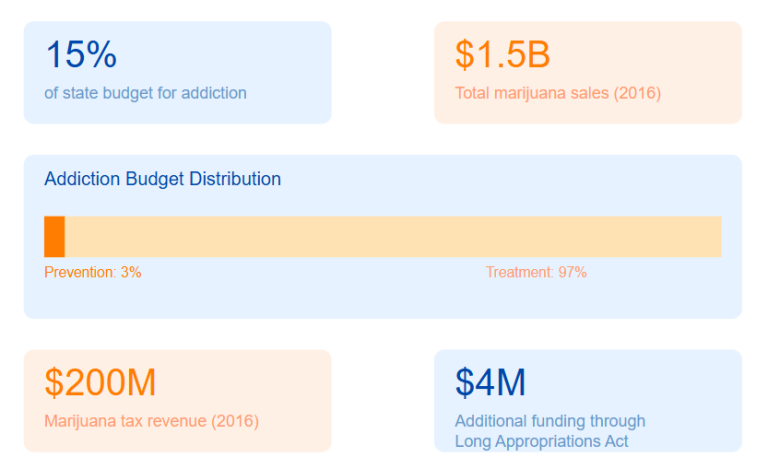Pre-Conditions for the Growth of Addiction
The drug crisis in the United States is complex, spanning opioid, marijuana, and other substance addictions. The opioid epidemic was intensified by widespread overprescription of painkillers, subsequently driving many individuals to illicit opioids such as heroin and fentanyl when legal supplies became restricted. The infiltration of fentanyl, a synthetic opioid far more potent and hazardous, has significantly increased overdose deaths as it is frequently mixed into other illicit substances without users’ knowledge. Socioeconomic disparities and the illegal drug trade further compound the crisis.
Social and Economic Impacts
The ramifications of the drug crisis are extensive: greater demand on healthcare systems, rising emergency room visits, and increased need for long-term treatment programs. Public safety is also challenged, with drug use contributing to higher crime rates and stretching law enforcement resources. The economic burden is profound, encompassing lost productivity, higher healthcare expenses, and a greater load on social services. Stigma surrounding addiction often prevents individuals from seeking help, perpetuating cycles of dependency and community harm.
Federal Countermeasures
-
Prescription Drug Monitoring Programs (PDMPs):
Federal support for PDMPs enables states to track prescription data, helping prevent overprescription and early detection of potential addiction.
-
Medication-Assisted Treatment (MAT) Expansion:
The expansion of MAT—combining medication with behavioral therapies—targets those with opioid and substance use disorders, aiming to improve treatment access and reduce relapses.
-
Fentanyl-Related Illicit Substance Response:
The federal government invests in curbing fentanyl trafficking through increased law enforcement and public health initiatives to reduce its availability and educate the public about its dangers.
-
Interagency Task Forces:
These groups enhance coordination between law enforcement, public health, and community organizations, sharing intelligence and pooling resources for a unified response.
-
Public Awareness Campaigns:
Campaigns aim to reduce stigma, encourage treatment-seeking, and educate about the risks of drug misuse.
Colorado Case – The Numbers Speak for Themselves
Colorado has experienced a dramatic escalation in drug overdose deaths, particularly those driven by opioids and fentanyl. From 2018 to 2023, overdose deaths in Colorado surged by nearly 95%, with opioid-related deaths making up over 72% of the total. Statewide, Colorado recently marked progress, as in the first half of 2024, the fatal overdose rate decreased by 8% and total deaths fell by almost 5%, reflecting active interventions and collaborative strategies.
The state’s response is robust, involving multiple stakeholders and substantial funding:
- Naloxone Distribution: Colorado has prioritized access to naloxone (a life-saving overdose reversal drug) for first responders and the public, directly saving lives during opioid emergencies.
- Medication-Assisted Treatment (MAT) Expansion: Investments in MAT, including new treatment facilities and expanded counseling, help individuals recover from opioid addiction.
- Community-Based Treatment Centers: Localized centers offer comprehensive care, including counseling and peer support, ensuring treatments are accessible and culturally relevant.
- Opioid Settlement Funds: Colorado secured more than $871 million in opioid settlements, managed by the Colorado Opioid Abatement Council (COAC), with funds distributed for prevention, treatment, harm reduction, and recovery infrastructure. This ensures resources reach both urban and rural areas, focusing on sustainable solutions and long-term recovery.
- Cross-Sector Coordination: The Colorado Consortium for Prescription Drug Abuse Prevention coordinates efforts among state agencies, healthcare systems, and grassroots partners to create unified, evidence-based responses.
- Regional Opioid Abatement Councils: Councils such as the Southwest Colorado Opioid Response Council (SWCORC) prioritize comprehensive care, focusing on prevention, treatment, harm reduction, recovery, criminal justice, and coordinated planning.
Approaches in Neighboring Regions
Colorado draws on strategies developed by neighboring states:
- New Mexico: Early intervention, community outreach, and expanded MAT access are key, with an emphasis on rural areas.
- Utah: Focus on destigmatizing addiction through awareness campaigns, coupled with law enforcement efforts and support for those in recovery.
- Wyoming: Emphasis on rural outreach using telehealth services to bridge gaps in access to treatment.
Is It Possible to Stop the Crisis? Looking to the Future
Evidence suggests several strategies are most effective:
- Investing in expanded treatment and recovery infrastructure, including counseling and MAT.
- Prioritizing early identification and intervention through education and community outreach.
- Fostering collaboration among law enforcement, healthcare systems, and community groups for holistic care.
- Launching stigma-reducing educational campaigns to promote compassion and encourage help-seeking.
- Implementing harm reduction and decriminalization policies, like needle exchange programs and non-criminal penalties for possession, to reduce overdose deaths and improve access to care.
Approaches that rely solely on punitive or isolating measures, or those that neglect follow-up support after treatment, tend to be less effective and may even worsen the crisis.
Conclusions and Recommendations
The drug crisis in the United States, and Colorado specifically, demands coordinated, multifaceted strategies. Colorado’s progress—reflected in recent declines in overdose deaths—shows the value of investing in treatment, regional coordination, and infrastructure improvement using opioid settlement funds. Effective solutions require reliable data, interagency cooperation, inclusive public dialogue, and sustained long-term support. Tailoring interventions to local needs, particularly in underserved areas, is crucial for continued progress. Ultimately, collective action and shared responsibility are necessary to combat addiction and achieve healthier communities in Colorado and beyond.

